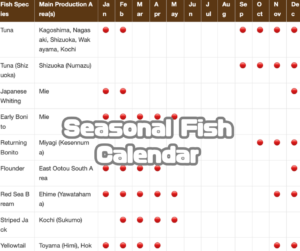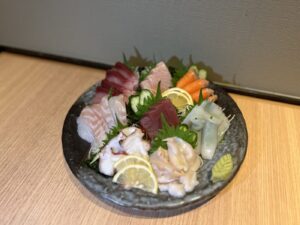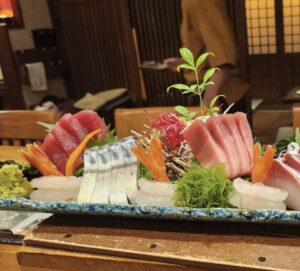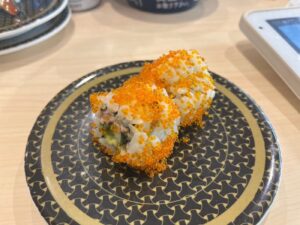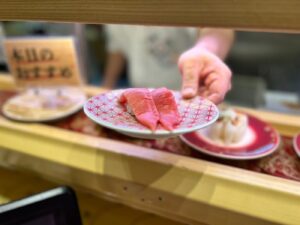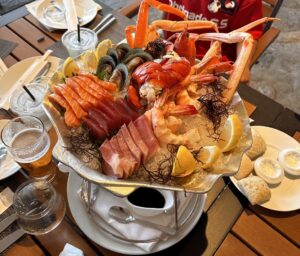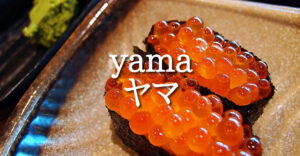Sushi is now synonymous with Japanese culture. With the worldwide boom in Japanese food, the number of Japanese restaurants, including sushi restaurants, has exceeded 150,000 worldwide. However, no matter how Japanese you are, there are probably not many people who properly understand the definition and history of sushi.
In this article, we will provide a general explanation of sushi as a part of Japanese culture, including the general definition of sushi, types, roots, and etiquette when eating it. Please use this article as trivia to help you enjoy sushi even more deliciously and enjoyably.
Sushi as Japanese culture

First of all, in order to understand the overall picture of sushi as a part of Japanese culture, let’s grasp the basic knowledge.
General definition of sushi and typical types
First, let me explain the definition of sushi.
Generally speaking, Japanese food that combines shari (sushi rice) and toppings (mainly seafood) is called sushi. In addition to fresh seafood, it is not uncommon for ingredients such as meat, vegetables, and eggs to be used as toppings.
Also, even though sushi is simply called sushi, there are a wide variety of types. A good example is California rolls overseas, but the ingredients and descriptions used vary depending on the region and store.
The following are the major types of sushi.
- Hand-rolled sushi
- Sushi rolls
- pressed sushi
- chirashi sushi
- bar sushi
- Inarizushi
- hand-rolled sushi
- warship
Three typical notations for sushi
In addition to the word sushi used in this article, “sushi(寿司)” may also be written as “sushi(鮓)” or “sushi(鮨).” Let’s check the differences and characteristics of each.
- sushi(寿司)
This is currently the most common notation. It originates from the characters created during the Edo period to bring good luck, and it is widely used because it can be used regardless of the topic or type.
- sushi(鮓)
Among the three types, “Sushi” is the oldest written word. Originally, it meant sushi made by fermentation, and it inherited the etymology of sushi, which means “sour” (= sour).
- sushi(鮨)
It is the runner-up to “Sushi” and is an old expression. It is often used in Edomae-style sushi, and also has the meaning of referring to itself.
History of sushi as Japanese culture

In Japan, sushi boasts over a thousand years of history and culture. Next, we will talk about the roots of sushi, which are surprisingly little known.
Sushi originates from a fermented food called Narezushi from Southeast Asia.
Actually, the birthplace of sushi is not Japan, but Southeast Asia. Sushi is said to have originated from a fermented food called “Narezushi”, which was devised by a tribe living in mountainous areas at the time as a way to preserve fish that was difficult to obtain for a long time. Masu.
In Japan, ripe sushi was presented to the imperial court as a tribute during the Nara period. Today’s pressed sushi and boxed sushi have traces of those days, but in the Kamakura period, juku sushi made from leftover fish began to appear.
It was during the Edo period that sushi approached its current style.
In the mid-Edo period, when rice vinegar became popular, “Hayazushi”, which did not require fermentation, was born. The era has arrived where you can eat sushi right away without waiting.
Furthermore, in the late Edo period, nigiri sushi was invented, but because it was the same size as a rice ball, it was eaten by cutting it into pieces. The modern style of serving two pieces on one plate is a vestige of those days.
Sashimi began to be used as toppings after the Meiji period.
After the 1900s, when the ice-making industry became popular, combined with the development of fishing methods and distribution, sushi restaurants, which previously could not handle raw sashimi, were able to preserve the sashimi by cooling it with ice.
The modern-day common method of serving sushi by coating the fish with simmered soy sauce is a style that was established during this period.
Time progresses to the beginning of the Taisho era. Electric refrigerators began to appear in sushi restaurants, and the variety of toppings continued to increase, and the sizes of sushi restaurants became smaller.
Later, as sushi chefs were scattered across the country due to the Great Kanto Earthquake, Edomae sushi is said to have spread to rural areas.


